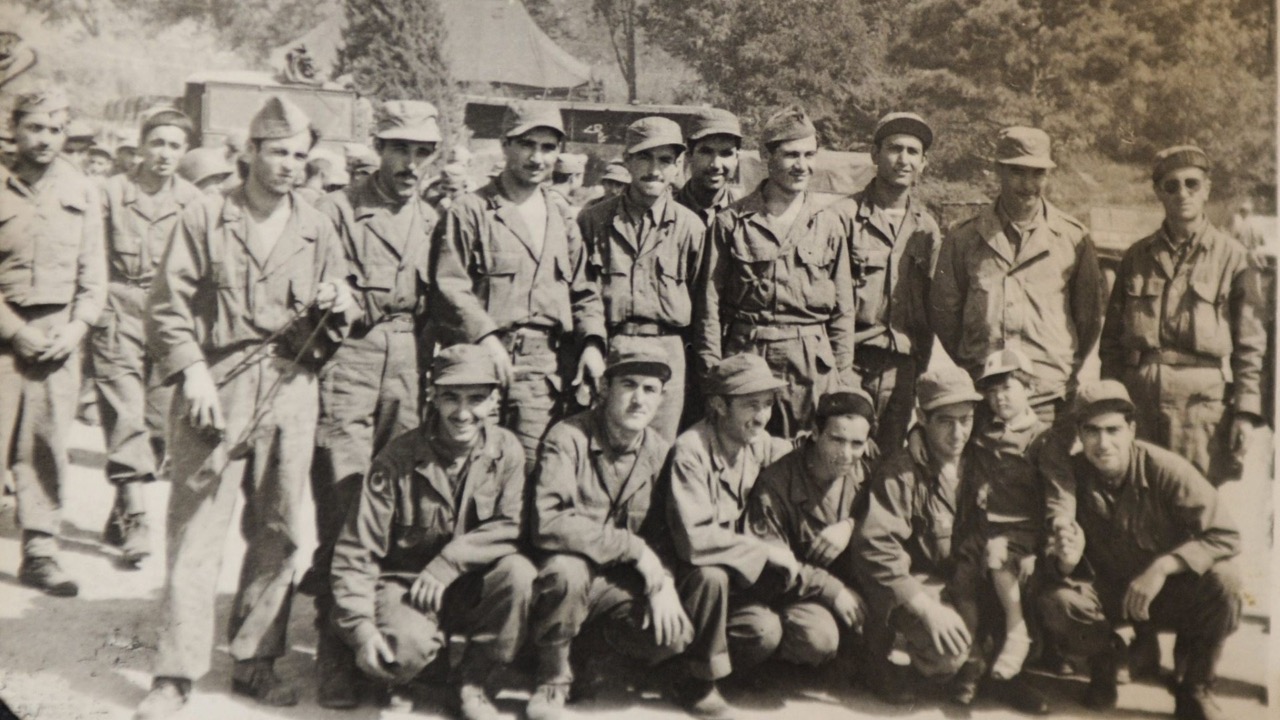Today, when Korea comes to mind, perhaps two geographies as opposite as black and white come to our minds. North and South Korea… Two states separated by ideologies, the same nation but different lives prevailing… Korea’s ill fate began to change at the beginning of the 20th century. The Russo-Japanese War of 1905 played an important role in Korea’s current state. Japan, emerging victorious from the war, had set its sights on nearby geographies to replenish its depleted limited resources. Korea, with its low literacy rate, struggling with epidemics and having missed the industrialization train, was exactly the country Japan was looking for. In 1910, Japan occupied Korea, and the foundations of the story extending to the present day were laid.
August 15, 1945, became a milestone for Korea as well as the entire world. Japanese Emperor Hirohito announced to the world that Japan had surrendered, and this surrender meant freedom for places under Japanese occupation in the Asian mainland, especially Korea. The world was celebrating the end of World War II, while Korea was celebrating the end of Japanese occupation. However, the story was not yet over.
Step by Step to the Korean War…
The Korean Peninsula was divided into two parts by a line drawn at the 38th parallel running through the middle of the country, according to the decision made at the Moscow Conference held in 1945. “Until the country can stand on its own feet!” The north of Korea would be governed by the Soviet Union (USSR), and the south by the United States on behalf of the United Nations. The world had left a great war behind but found a different war in its lap. This was the Cold War era, and the two major actors of this war were facing each other in Korea.
In a short time, a country governed by a Soviet-backed Communist system was established in the north of Korea. Meanwhile, in the south of the country, the US-backed democratic Republic of Korea emerged. The country was divided into two parts; two different states had emerged from one nation. In 1948, the UN General Assembly meeting in Paris requested that the US and USSR withdraw their troops located in Korea. Although foreign troops in both Koreas withdrew from the region in 1949, Korea would continue to remain on the world’s agenda.
When the calendars showed June 25, 1950, the world found itself in the middle of a new war. North Korea launched a large-scale attack on South Korea by crossing the 38th parallel, which was accepted as the border, with thousands of soldiers and equipment provided with USSR support. This was the first hot conflict of the Cold War. World capitals held their breath and began calculating the probable consequences of the war. One of the capitals where the heat was high was Ankara, thousands of kilometers away from Korea.

Turkey Was the First to Offer Troops
Sixteen states, including Turkey, responded to the United Nations’ call by deciding to send troops. Turkey, being the first country to offer to send troops to South Korea, made the decision to send troops directly to the region instead of military aid at the parliamentary session dated June 30, 1950. Turkey, which had somehow survived the turmoil of World War II, did not want to remain distant from the political camps being reshaped on the world stage. By participating in the Korean War, it also planned to solve its existing foreign policy problems.
Brigadier General Tahsin Yazıcı, who had also served in the Battle of Gallipoli, was appointed as commander of the brigade formed from soldiers gathered from villages in various cities of Anatolia. The 1st Turkish Brigade, consisting of 5,090 personnel, departed from Iskenderun Port on September 25, 1950, on three separate ships. Twenty-one days later, on October 6, it reached Busan Port in southeastern Korea. The route used by the Turkish brigade when going to Korea had also been used by the Ertuğrul Ship sent to Japan in 1889 under the command of Colonel Osman Bey.
The brigade’s successes in battles, especially at Kunuri, resonated widely. During the war, three brigades served in rotation. According to data shared by the General Staff, the casualties of the Turkish combat brigades in Korea were 725 martyrs, 2,180 wounded, 168 missing, and 244 prisoners of war.

